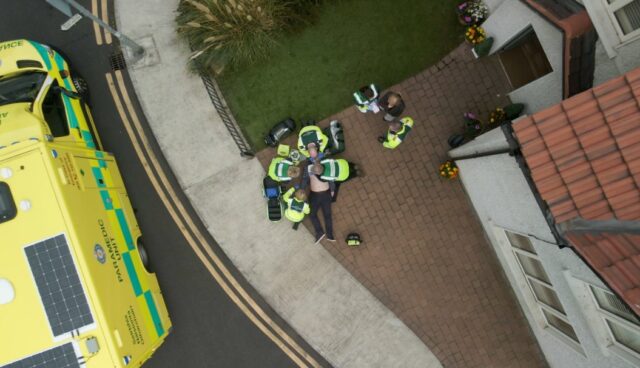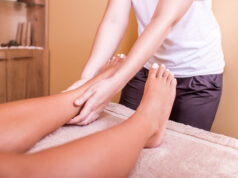Gunshot wounds are a high-stress medical emergency that requires immediate attention. Stabilizing a victim before medical help arrives could make the difference between life and death.
In the chaotic moment after someone is shot, knowing the right actions can be crucial.
Key points:
- Call for emergency help immediately.
- Assess the victim’s condition for bleeding and breathing.
- Apply direct pressure to control bleeding.
- Use an occlusive dressing for chest wounds.
- Ensure the victim remains conscious if possible.
1. Call for Help Immediately
The very first action to take after a gunshot injury is to call for help. Emergency services must be alerted so professionals can respond as quickly as possible. You need to focus on what you can do until they arrive.
Stay calm when speaking with the operator. Give precise information about the location and the victim’s condition. If others are around, delegate someone to make the call while you focus on stabilizing the injured person.
2. Check for Major Bleeding
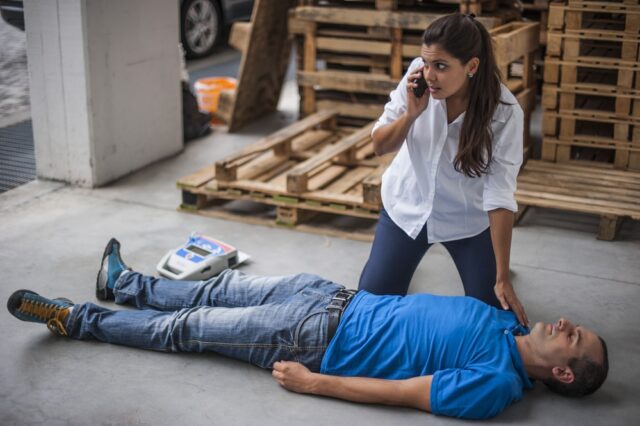
Gunshot wounds often lead to significant blood loss. The first step in stabilizing the victim is to identify where the blood is coming from. Use your hands or a cloth to apply direct pressure on the bleeding site. If the blood flow is severe, you may need to apply more pressure or use a tourniquet if the wound is on a limb.
Always keep the victim lying down and flat on their back. Raise the legs slightly if they show signs of shock, such as rapid breathing or pale skin. This can help improve blood flow to vital organs.
3. Control Bleeding
To control the bleeding, apply firm, steady pressure on the wound. You can use a clean cloth, bandage, or even your hand if nothing else is available. If the blood soaks through, do not remove the cloth. Instead, place another cloth or bandage over it and continue to press down.
For wounds that won’t stop bleeding, a tourniquet may be necessary. Position the tourniquet above the wound, between the wound and the heart, and tighten it until the bleeding stops. Make sure the tourniquet is secure but not overly tight, as it can cause damage to the tissue if left for too long.
4. Treat Chest Wounds
Chest wounds are particularly dangerous because they can affect the lungs, making it difficult for the victim to breathe. A gunshot to the chest can lead to a collapsed lung or other complications. In such cases, an occlusive dressing may be required to prevent air from entering the chest cavity.
For example, using an occlusive dressing can seal the chest wound and prevent further complications. Covering the wound with a non-breathable material can help the victim until professionals arrive.
If the victim is having trouble breathing, try to help them sit up slightly to relieve pressure on their lungs. Keep monitoring their condition.
5. Prevent Shock
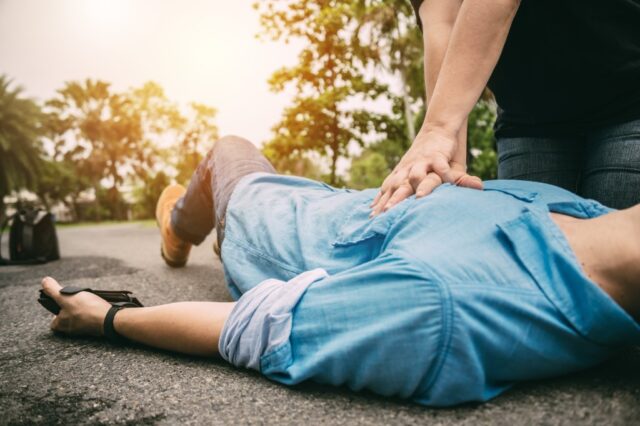
Shock is common after a gunshot injury. It occurs when the body’s organs aren’t receiving enough blood flow, leading to life-threatening consequences if untreated. To prevent shock, make sure the victim remains calm. Keep them warm by covering them with a jacket or blanket if available.
Elevating the legs can improve blood flow, but always ensure the victim remains lying flat. Monitor their breathing and encourage them to stay awake and alert if possible.
6. Monitor Breathing
Breathing problems often arise from severe blood loss or chest wounds. If the victim is conscious, watch for any signs of difficulty in breathing. A slow or labored breathing pattern can indicate more severe issues.
In cases where the victim becomes unconscious, check their pulse and breathing regularly. If breathing stops, administer rescue breaths and chest compressions. You may need to perform CPR if no heartbeat is detected. It’s important to know basic CPR techniques beforehand, as it can be the deciding factor in saving a person’s life.
7. Keep the Victim Calm
Panic can make a bad situation worse. Try to keep the victim as calm as possible. Speak to them in a soothing tone, and reassure them that help is on the way. If the person is conscious, help them take slow, deep breaths to reduce anxiety and keep oxygen flowing through their body.
Your presence and calmness will help reduce their fear, and in turn, stabilize their condition before help arrives.
8. Keep the Airway Open
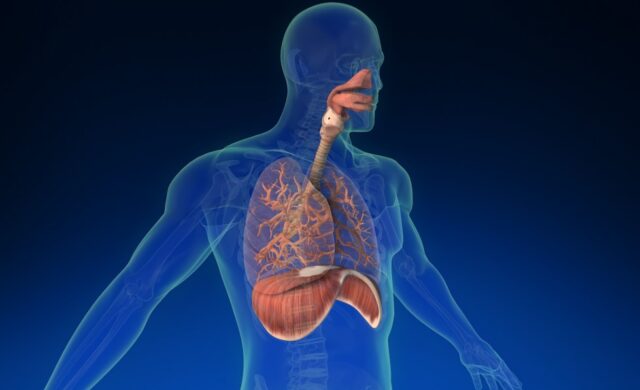
If the victim loses consciousness, maintaining an open airway becomes critical. Tilt their head slightly back and lift the chin to prevent the tongue from blocking their airway. Look and listen for signs of breathing. If breathing becomes irregular, be ready to perform rescue breaths.
If the victim vomits, roll them onto their side to avoid choking. Clear their airway by using your finger if necessary. Never force them to drink or eat, as this can worsen their condition.
9. Minimize Movement
Too much movement can worsen the injury, particularly if the bullet has hit a vital area or caused fractures. Keep the victim as still as possible. Encourage them to remain in one position until help arrives. If they must be moved, ensure it’s done gently, and only when necessary to avoid further injury.
10. Await Professional Help
After stabilizing the victim as best you can, your next task is to wait for medical professionals to take over. Keep monitoring their condition. Stay with the victim and watch for any changes in their breathing or consciousness. Reassure them that help is coming and ensure their comfort in the meantime.
Every second counts in a gunshot emergency, but taking the correct steps can greatly increase the chances of survival.
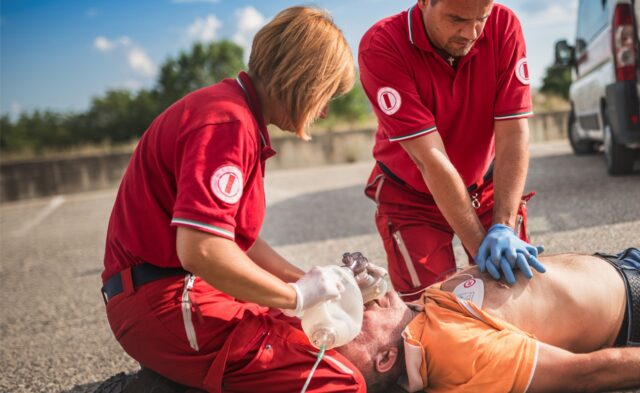
FAQ
1. Can I use any cloth to control bleeding?
Yes, you can use any clean cloth available. The goal is to apply firm pressure and stop the bleeding.
2. When should a tourniquet be used?
A tourniquet should be used only when bleeding from a limb cannot be controlled with direct pressure. Apply it above the wound and monitor the victim.
3. How can I prevent shock after a gunshot wound?
Keep the victim calm, warm, and lying flat with their legs elevated slightly. Monitor their condition closely.
4. Can an occlusive dressing be made from household items?
Yes, plastic wrap or even a piece of fabric can be used to seal a chest wound temporarily if proper medical supplies are not available.
By following these steps, you can stabilize a gunshot victim and increase their chances of survival before emergency services arrive.

